
Welcome to an inspiring journey with Sailor Barry and Hailly, the dedicated stewards of Thunder Child, a magnificent 41-foot Colin Archer-type Gaff Ketch designed by William Atkin. Originally built on Deadman's Island between 1969 and 1971 by Andrew and Melynda Okulitch, this historic vessel found its way into Barry and Haley's hands after being owned by John and Vivian Chislet for 49 years. As they prepare Thunder Child for a remarkable world voyage planned for September 2026, Barry and Hailly are tackling ambitious refit projects, pouring their heart and skill into every detail. From completely re-decking the foredeck with beautiful yellow cedar and sapelle, utilizing TotalBoat Penetrating Epoxy and High Performance Epoxy for longevity and waterproofing, to transforming the mizen mast into a gaff-rigged setup, their work showcases a profound commitment to traditional boatbuilding. Discover how they're not only restoring a vessel but also honoring its past, including the thoughtful integration of a priceless indigenous carving by the renowned artist Richard Krentz, a piece intended to be a beautiful accompaniment to the new deck.
Join us as we delve into their meticulous process, the challenges they overcome, and how TotalBoat products like Gleam and Wet Edge paint are instrumental in leveling up their skills and achieving exceptional results.

Let’s start with the boat itself. Can you introduce us to Thunder Child? What’s her story, and how did you and Hailly come to be the next stewards of this vessel?
Thunder Child is a 41 foot Colin archer type Gaff Ketch designed by William Atkin, a Clione, designed around the same time as the Ingrid.
She is basically a 1930s throwback to the 1860s, William based the Clione on Colin’s rescue ships from Norway, basically a stout, seaworthy coastguard boat for any conditions the North Sea could throw at it.
How did we find it? It’s interesting because it feels like she found us, Hailly and I had just finished a 3 year refit of a 1956 Seagoer (same design as Harry Pidgeons Islander, second boat to solo circumnavigate the globe just after slocum) and we were quite committed to that boat… but the prior owner of Thunder Child was looking for a rigger, a shipwright and a sailor with experience to own his boat, he overheard me talking about my years as 1st Mate on a Transport Canada Certified 85 foot 1903 built tall ship named the providence, and my then recent 4000 mile pacific crossing. He thought, 'That’s the kind of guy I want to own Thunder Child.'
I was not interested (I had a boat, I had no money, I just had no interest in thinking about changing course), but phoned to view it after seeing by chance on a Facebook marketplace posting.
John, the owner for 49 years basically gave me a deep price cut, 4 years to pay it off, and 1 year with no payments so I could land on my feet and take it on, in a way which would still afford me time and money to invest back into the boat’s longevity.
I caved, I fell in love with it, it operates like the ship I used to work on, so it was kind of just the perfect little fit for me. And the bonus is, Hailly trusted me to make the decision, and we immediately took possession and moved aboard!
And my prior boat found a good home with one of my closest friends, Nathan, and he lives aboard with his St. Bernard Appa.

You mentioned Thunder Child was originally built on Deadman’s Island in 1971 and has only changed hands a few times. What was it about this boat that made you say, “This is the one”?
I like to say that TC is the first and only boat ever built on Deadman’s Island, but there’s no way of knowing… probably the only big boat built there.
For context, Deadman’s Island is located next to Stanley Park in Vancouver BC, BC. Now a navy base, it was previously a battlefield, a smallpox colony, a burial site for those who died in major events in Vancouver's history, an indigenous burial site, and generally considered to be turbo haunted.
TC was built by Andrew and Melynda Okulitch. Andrew was Navy Reserve and convinced his CO to let him build TC on site; somehow, he said yes.
Andrew worked two years, starting in 1969 and Melynda worked 1 full year. They finished building her in 1971 and surprise, surprise, there are no boat launches or travel lifts on Deadman’s Island. So the Navy built a ramp for her launch in 1971.
The name, too, has naval connotations; the name references War Of The Worlds, specifically the Torpedo Ram Named HMS. THUNDER CHILD. The ship is the focus of a chapter or two in the book and is a well-known name to fans of the book.
2 or 3 years later, they decided to take a job on the East Coast and raise a family… Enter John and Vivian Chislet. John is the man I purchased TC from, the man who owned the boat for 49 years. And now Hailly and I. And the best part is, we all live close by, and we make a point of visiting John, Vivian, Andrew, and Melynda once a year, a true pleasure to know the entire legacy of this boat and to be a part of it.
There are so so so many reasons we love this boat… One silly reason is that we love the song “Lukey’s boat” by Great Big Sea, and in that song his boat is “painted green, it’s the prettiest ship you’ve ever seen” and beyond that, it ticks all of my traditional boat nerd boxes… no winches, wood block and tackle, tan bark sails, gaff ketch, 58hp motor, Colin archer, William Atkin, three strand rope for everything, traditional rigging, bulwarks, cap rail, all the things I wanted.
The biggest reason is any time Hailly and I adventure on TC, it feels like she is taking care of us, not the other way around. We feel cared for by her, and so we are returning the favour and taking care of every inch of her.

What are some of the biggest refit projects you’ve tackled so far, and what’s still on the horizon? We’d love to hear about the scope of the work and how you’ve been using TotalBoat products along the way.
There are a few big projects on the go, many on the horizon, and thankfully a decent amount behind us already. The biggest thing we have (almost) completed is a complete interior overhaul, a new galley, electronics, plumbing etc. The majority of that work was 6 months of sanding, painting, and varnishing the interior. We exclusively used TB products to do this, Hatteras off white paint (Wet Edge), TotalFair to hide some of the dings and imperfections that appeared over the years, and of course Gleam, my new favourite varnish. It goes on easily, and cures fast… like really fast, so doing multiple coats in a day is dead simple.
I found it really pushed me to get a finer finish than I normally would because I was working with such high-quality products. I would even go so far as to say that using TB products leveled up my skills, because I wanted my results to do justice to the quality you can get from TB products.
Actively I am in the middle of re decking the entire foredeck, I removed all the teak, treated the plywood with TB penetrating epoxy (which in the summer heat is very very very liquid, perfect for the job) yesterday I finished glassing the deck with TB epoxy and now I can begin laying a Yellow Cedar and Sapele deck on top. I’m going to mostly rely on epoxy to keep the planks in place as I want to limit the amount of new holes I add to the freshly treated foredeck.
We’re also re-rigging the boat in Dynema, which is a very fun process. The kicker is, we have a movie shoot on August 6th aboard, and a wooden boat show on the 8th of Aug, and she does not look the part right now, at all, so I’ve got to hustle. But I like a good deadline.
You and Hailly have big plans to sail Thunder Child around the world. How are you balancing long-term cruising goals with the restoration work at hand?
Last year we just neglected the boat for the most part in exchange for adventures aboard, but this year we’ve only been out on her once this summer, but the boat is improving because of it. We use to take a week or two a month off to venture out, but now just August for adventures. The rest of the summer is being spent doing repairs.
Because we want to sail to Mexico in September 2026, sacrifices are being made, namely, summer sailing this year.

One unique and powerful feature of your boat is the indigenous carving on the bow. Can you tell us about its origins and how it came into your hands? We’d love to hear about the artist Richard Krentz, his legacy, and your connection to the carving.
Absolutely, the boat was launched with a carving, but it was neither coast Salish style nor Haida style, kind of a fantasy mush mash of multiple indigenous styles. Which is why I JUST yesterday sanded it back to bare and Fiberglassed over it, turning it into a permanent structure for the boat, no longer a visible part of the boat. I fixed any slight rot in it and sealed it up…
But John and Vivian became friends with a very famous coast Salish carver, Richard Krentz, who passed in 2014, but he had re created the mural in proper coast Salish style… his works are valuable, and in museums and galleries.
John was watching Sailor Barry on YouTube and noticed we were starting to work on the deck and old mural, so he called in a hurry, telling me he was going to gift us the reproduction made by Richard Krentz!
So, now with the prior mural glassed over, I’m going to place the new one right on top! Aladino from Sailing Magic Carpet made the brilliant suggestion of having the new mural be removable for safe winter storage. It’s quite a daunting task to take a valuable work of art from a deceased local legend and incorporate it into a boat.
Great care will be given to ensuring we do it in a way which is accept the coast Salish community and elders.
My sisters are indigenous and they’ve been a great resource for connecting with the right people and learning what is and isn’t acceptable as regards how we finish it, and ceremony to honour Richard, the boat, the prior mural and the indigenous peoples.
We have quite a few options on how we will complete the mural, and pretty much every option involves Total Boat.
We pick up the mural from John and Vivian Soon, and I’m beyond thrilled to add more charm, character, story, and history to this already amazing boat and very grateful to Megan at TB for all of the thoughtful consultations regarding this incredible work of art.
Before we depart in September 2026, I want the hull, decks, interior, and rig refreshed to 100%, new sails, and spares galore. Something I couldn’t achieve without the support of TotalBoat.

It sounds like you’re putting a lot of thought into how to respectfully preserve and showcase this artwork. What does it mean to you to be the caretaker of this piece, and to involve local tribes and your sisters in the process?
It’s actually really cool! For me personally, I have a very foggy family tree, my parents were both adopted, and I was kicked out of the cult I was raised in… my father passed to addiction (oddly in Comox, where Thunder Child was when I took possession) so I have no contact or connection to my family. But when my father passed, I found out I have 3 Sisters, and they’re more and more a part of my life and identity as time goes on. Very grateful to have them in my life.
My sister Nevada works at the indigenous Band Office in Bella Bella… so for me, this mural is a new way for me to connect with my sisters, my father, and the indigenous way of life which has been here for many 10s of thousands of years.
Before we leave to see the rest of the world, I plan to sail north to Bella Bella and finally visit my father's resting place and connect with the people who know and love that side of my lineage.
Above all else with the mural itself, I just feel a profound duty to ensure I do the job in the most honorable way possible, and I’m excited to really embark on that job with my whole chest.

From a technical standpoint, what are some of the challenges or considerations when it comes to installing and preserving the carving on the boat? (You can also walk us through any testing, sealing, or finishing methods you’re exploring.)
The thing about this aspect that I’m most interested in is how the coast Salish people would prefer it to be done; that’s the bottom line for me. Most indigenous works done like this are often intended to degrade, and eventually die… so not exactly a boat-friendly method. So hopefully we can land on a process that’s easy for long-term maintenance and safe for the art itself. My personal preference would be to saturate it in epoxy and fill all the reliefs with epoxy, like you would a table for example. This would give me a single flat surface to easily maintain annually, otherwise, I can’t imagine being able to safely maintain such a complex surface as the carving. But this may offend the intent or will of the indigenous community, so I need to do more consulting and see what is the best thing for everyone. Respect is the only priority here.
And TotalBoat has such a good variety of products that I won’t struggle to get the job done right; it’s just a matter of figuring out what that is.
The best solution for it, as a component of a boat, is to preserve it via epoxy and varnish with Gleam. But we shall see.
What role do storytelling and cultural heritage play in your journey as a sailor and boatbuilder? Does sailing Thunder Child feel different because of the history you’re carrying forward?
My prior boat, I had no knowledge of its past voyages or owners, whereas with TC, the builders and people who lived on it for decades are close, close friends. So that feels amazing, truly.
I guess the cultural heritage, from its Norwegian roots via Colin Archer and its local and naval roots via Deadman’s Island and the launching of the boat by the Canadian navy, to the indigenous mural, all ties into things I personally don’t have much of in my life, roots, family, history, everything! This boat has given ME more of a sense of who I am, where I come from, and where I want to go. I don’t know if there’s much else on earth that can do that. This boat has expanded my life and my experiences massively.

What advice would you give to other sailors taking on legacy boats or refit projects with unique artistic or historical elements?
My sister Nevada told me to talk to the art, have a conversation, express my intentions and offer it ceremonial tobacco. I think the best part is how personal it can become.
I use to be an antiques dealer (primarily vintage workwear and garments) and the patina / signs of life, the wear and tear often adds value… I would suggest to someone in this situation to embrace the changes, the history, the “signs of life” that a piece of wood, or art has. For better or worse, that’s the story it tells, and embrace the patina.
I was talking with Leo From Tally Ho (who’s anchored astern of me right now) about this, and he expressed that he was partially saddened by the fact that most of the original dings, nicks, scratches and repairs are gone (as was necessary)… but to my mind, they will come in time, and as with a nice vintage 1940s work shirt with oil stains and sun fades of overalls left on the shirt, tally ho too one day will have that charm again.
Embrace the flaws, embrace the wear, embrace the repair, it’s all living history, and TC is a fine example of exactly that hard working living history I love so much.
Finally, where can people follow along with the journey of Thunder Child? Share your YouTube, Instagram, or anywhere folks can stay in the loop as you get ready to sail.
@sailorbarry on Instagram and YouTube!
We’re a viewer funded show, so if you like the content, consider joining our Patreon, and maybe I can stop going to the food bank in order to keep making these episodes haha
I’ve organized the show into playlists, two of which chronically receiving and adventuring aboard, including a particularly cold winter aboard with just an oil lamp and a wood stove, with a hand pump for our water. Another which follows the restoration processes to date.
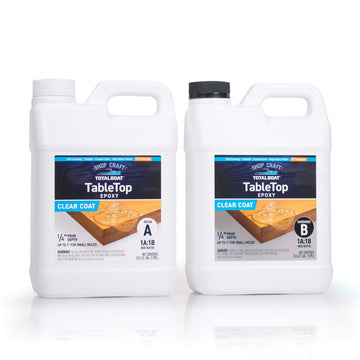
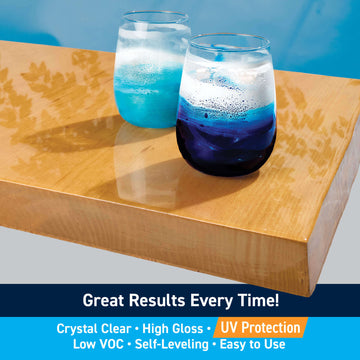
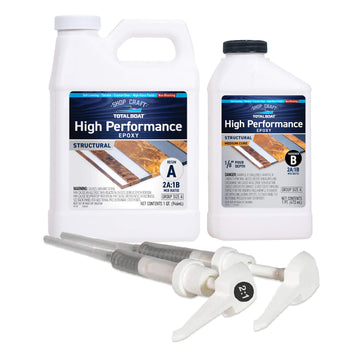
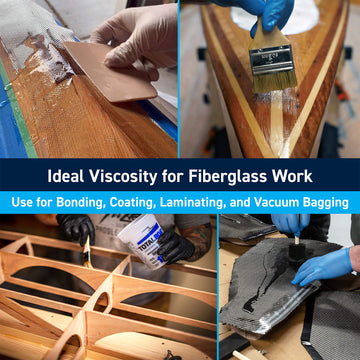
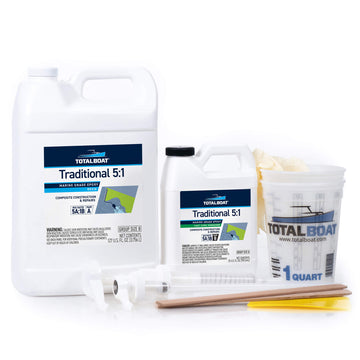
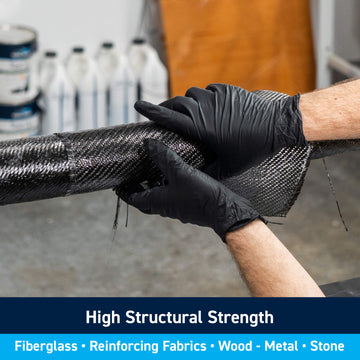
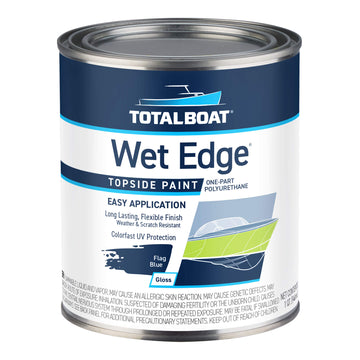
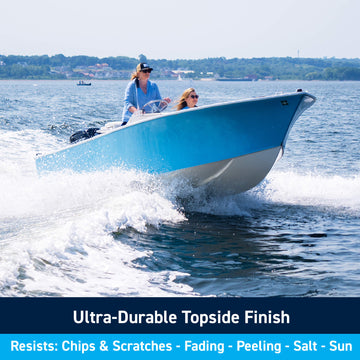
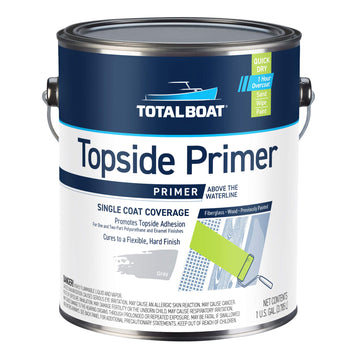
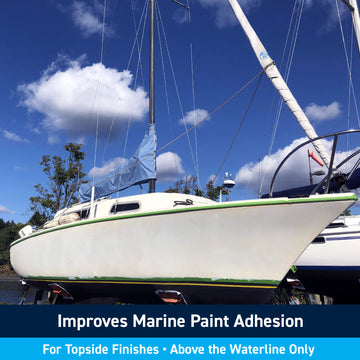
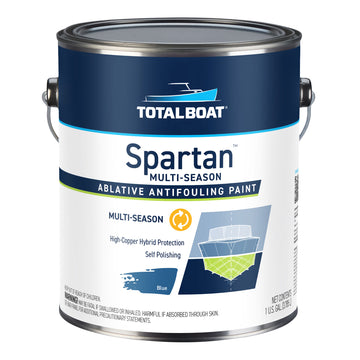

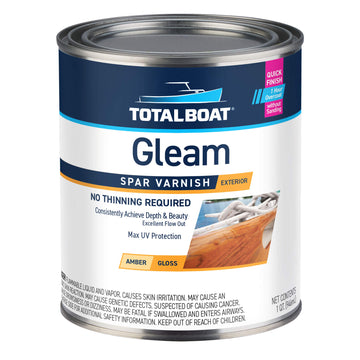
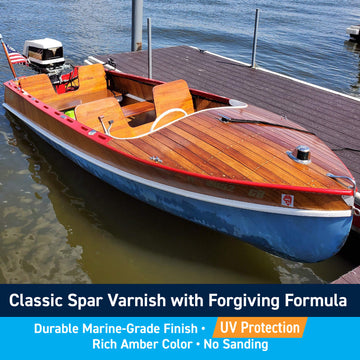
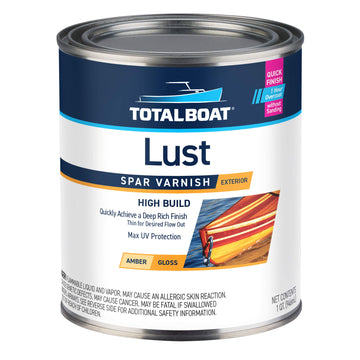
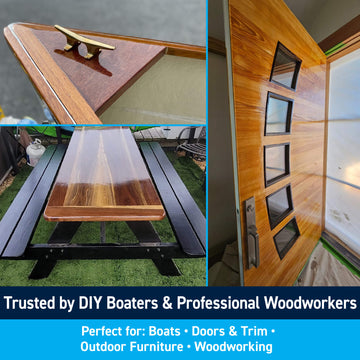
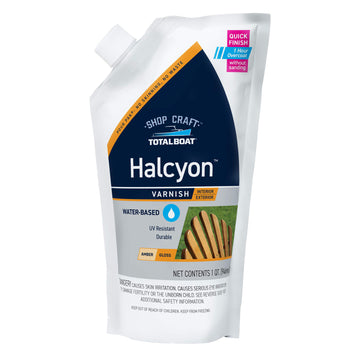
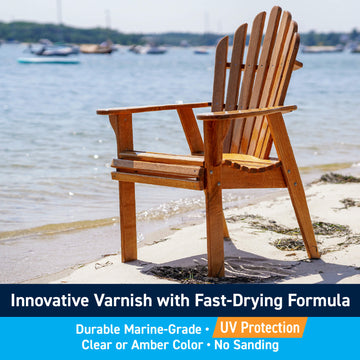




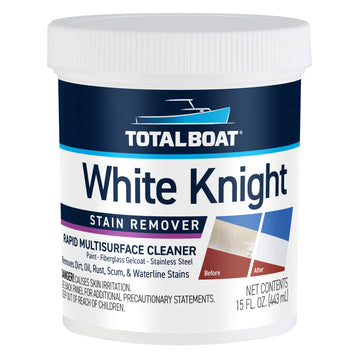
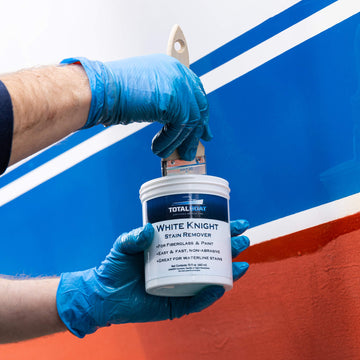


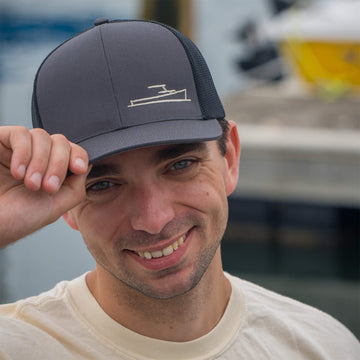
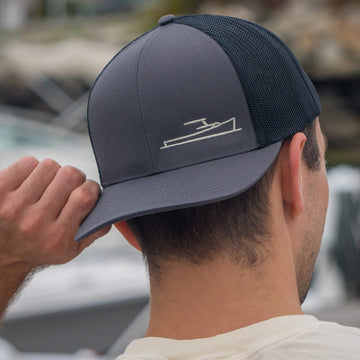
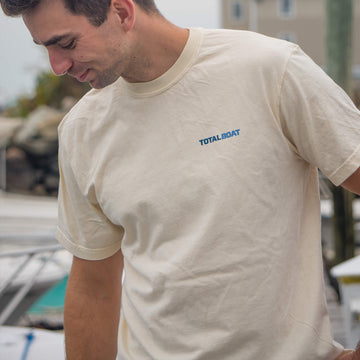
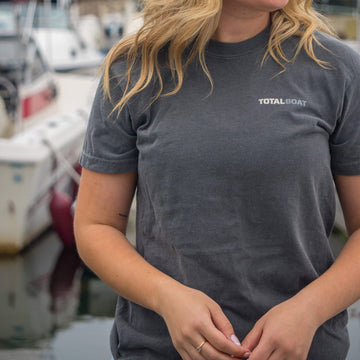
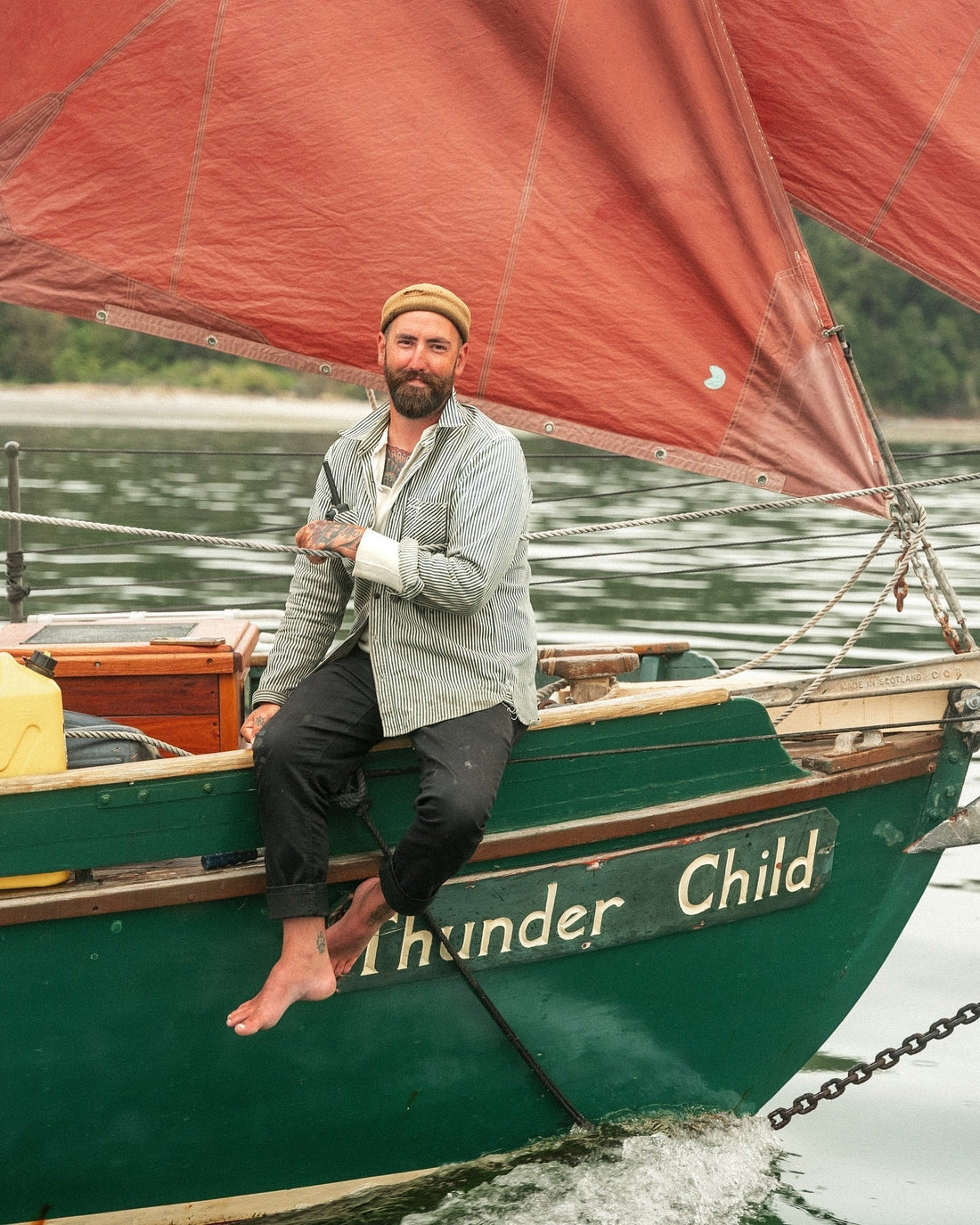

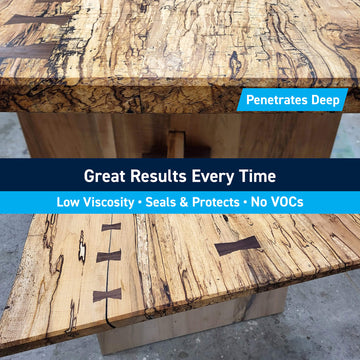
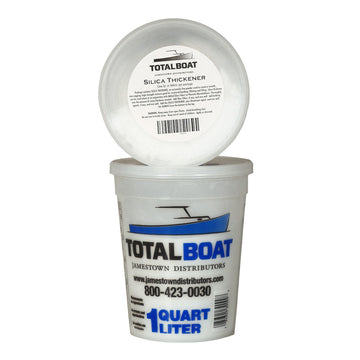
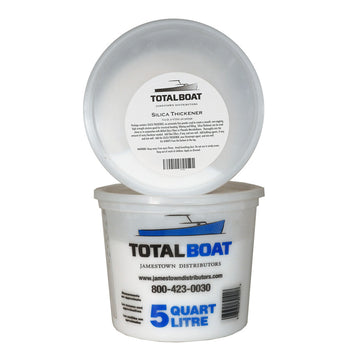

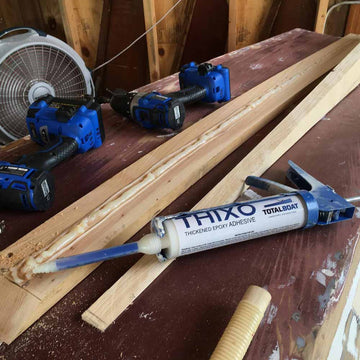

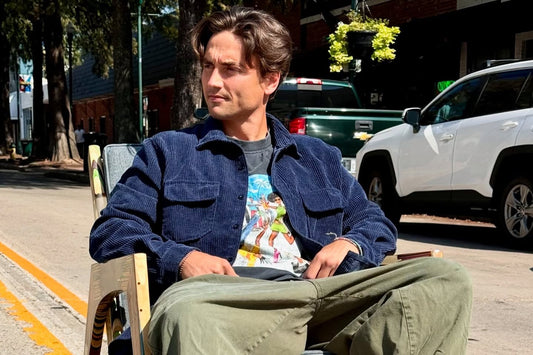

1 comment
Barry, That carving was meant to deteriorate, penetrating epoxy the back but just Total Boat Teak Oil the front.